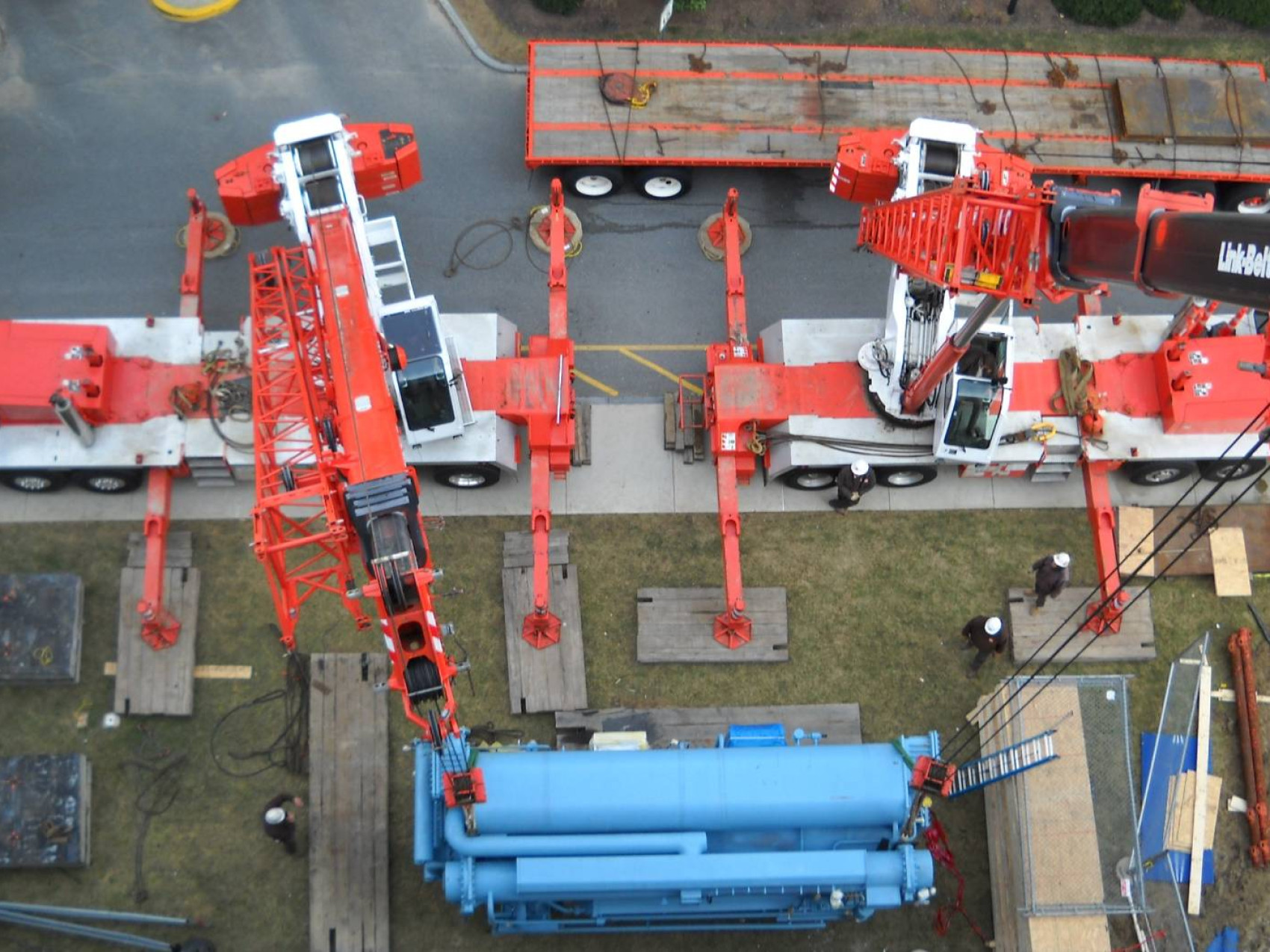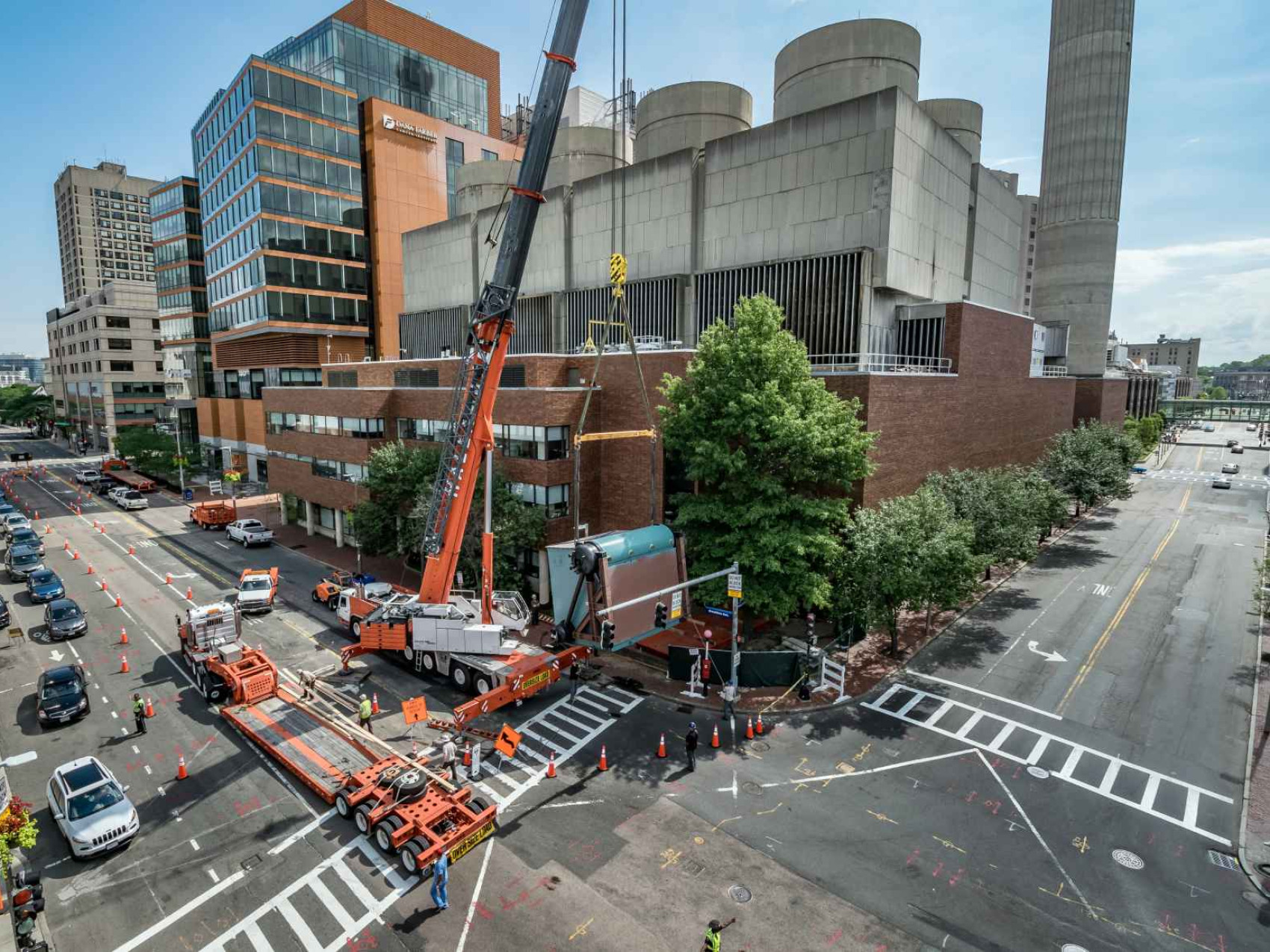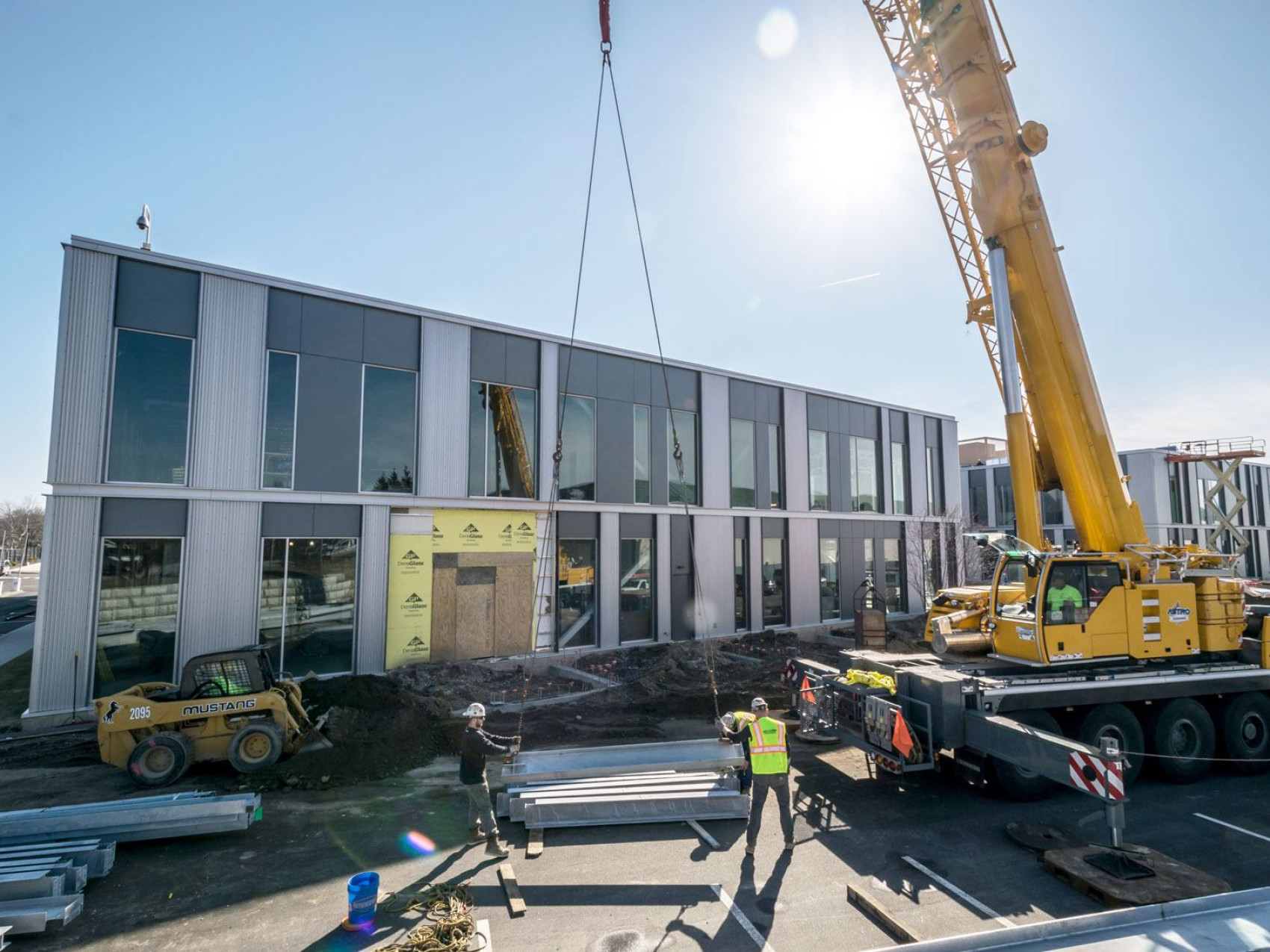Client
Sea-Based X-Band Radar (SBX-1)
Description
The Sea-Based X-Band Radar (SBX-1) was developed by the United States Missile Defense Agency (MDA) to perform as the principal midcourse sensor of the Ballistic Missile Defense System. The X-Band Radar (XBR) acquires, tracks, and discriminates the flight characteristics of ballistic missiles, providing precision discrimination and hit assessment to the BMDS fire control system. The SBX-1 was designed for exceptional stability in high winds and storms to withstand extended deployments in austere environments conducting Homeland Defense operations against ballistic missile attacks. It measures 240 feet wide by 390 feet long, and houses a power plant, bridge and control rooms, living quarters, storage areas, and infrastructure to support the central XBR is the world’s largest X-band phased-array radar, measuring nine stories in height. Designed and operated by Raytheon Technologies, the XBR is comprised of 45,000+ modules mounted on an antenna face which can rotate +/- 270 degrees in azimuth, and 0-80+ degrees in elevation. The XBR is supported by the Liquid Conditioning and Circulating System (LCCS) to maintain the temperature of the radar at optimum operating temperature. When the radar is not radiating, this can mean adding heat to the system, and when it is operating the LCCS must quickly eliminate the extensive heat loads produced.
The LCCS supplies propylene glycol water (PGW) coolant at a continuous fixed flow rate of 960 gallons per minute (GPM) (over 2x the flow of a 2” fire hose) to the XBR antenna, 24 hours a day. The LCCS operates automatically, controlling the temperature of the supplied PGW coolant within +/- 1° C of optimum temperature. The innovative LCCS upgraded design not only leads the industry with the implementation of a sustainable system that removes the need for R-22 refrigerant (an ozone depleting substance that stopped manufacture on 1 January 2020) but also reduces the number of major subsystems and electrical load required to operate. This expands system redundancy to significantly reduce the likelihood of critical failures therefore increasing the reliability and availability of this critical missile defense sensor.
Raytheon Technologies engaged R.G. Vanderweil Engineers, LLP to spearhead efforts designing the upgraded sustainable system that would operate on eco-friendly products, capitalize on “free cooling”, minimize points of failure and excessive maintenance. PIDC Construction LLC led preconstruction and planning efforts, as well as overseeing the removal of legacy system equipment and installation of upgraded LCCS components within the vessel readiness window. High confidence in a quick upgrade was necessary, since the SBX-1 would be finishing a 350-day deployment, and needed to return to station for a 500+ day follow-up deployment.
Upon completion, the project also received the Department of Defense Department of Defense Citation of Achievement: The SBX Radar Liquid Conditioning and Circulation System (LCSS) LCCS Modernization Team competed in the Secretary of Defense 2021 Environmental Awards in the Sustainability, Individual/Team category, earning a "Citation of Achievement" for promoting environmental excellence and providing the military forces needed to deter war and ensure our Nation's security.
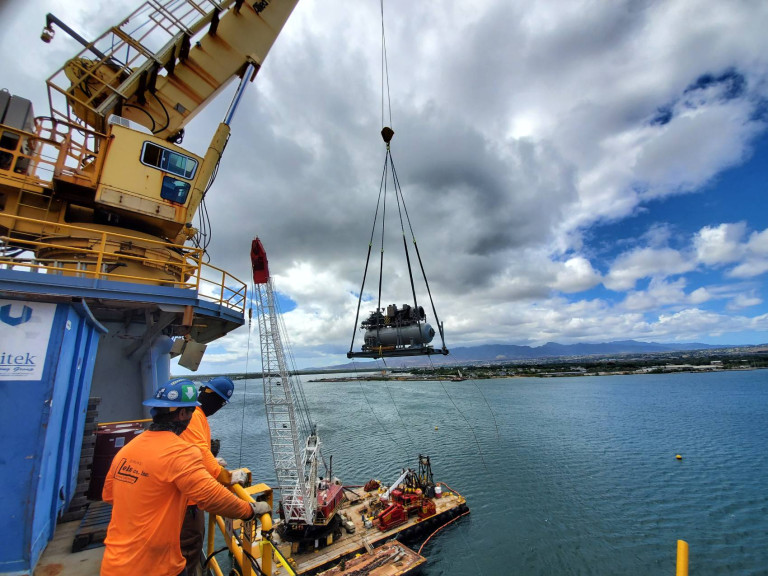
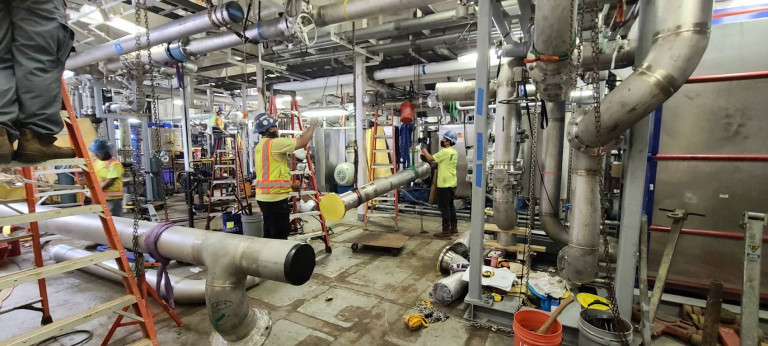
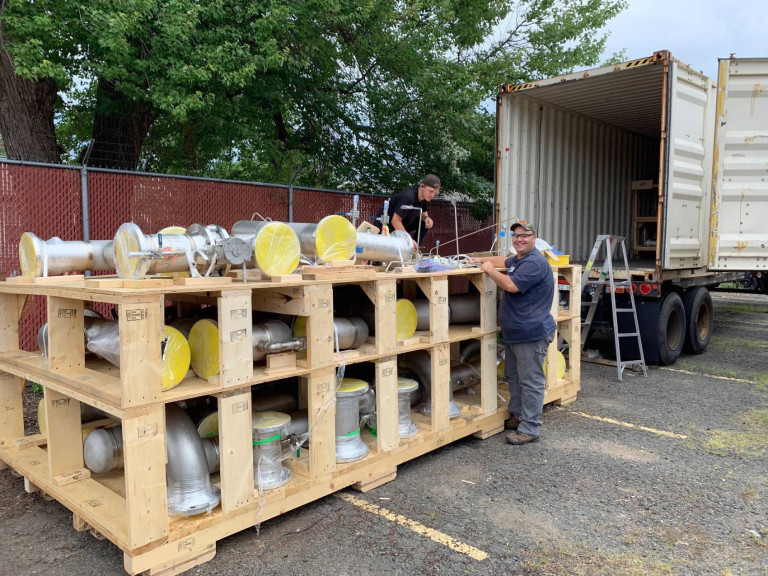
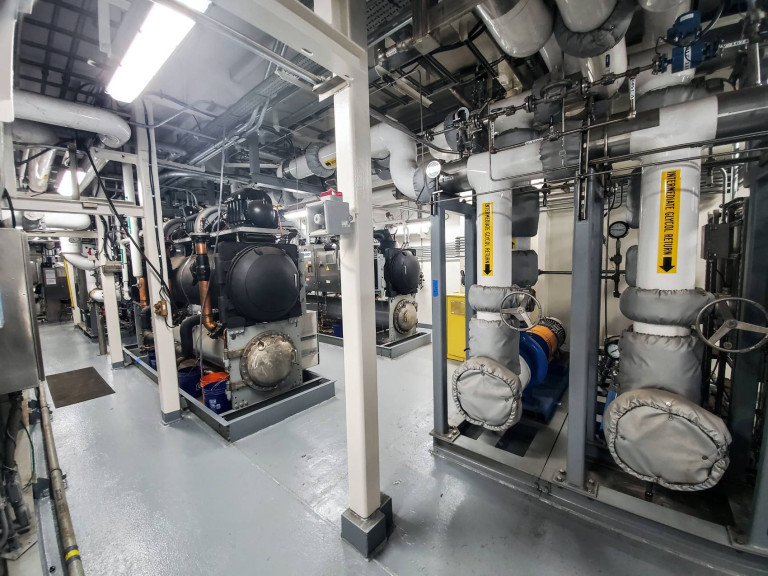
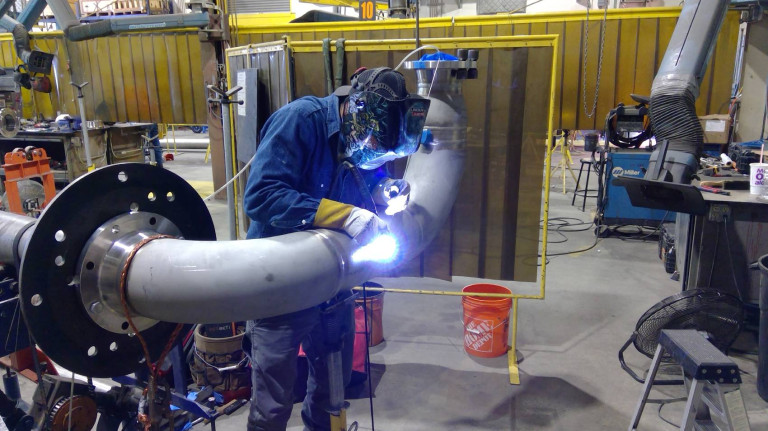
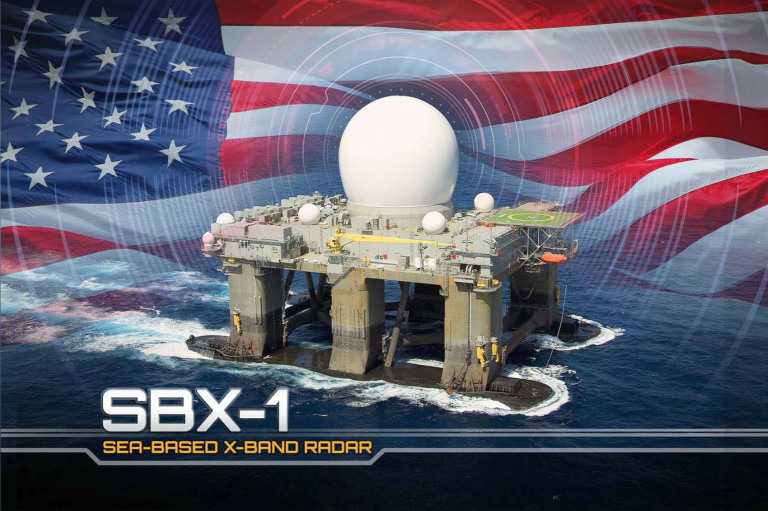
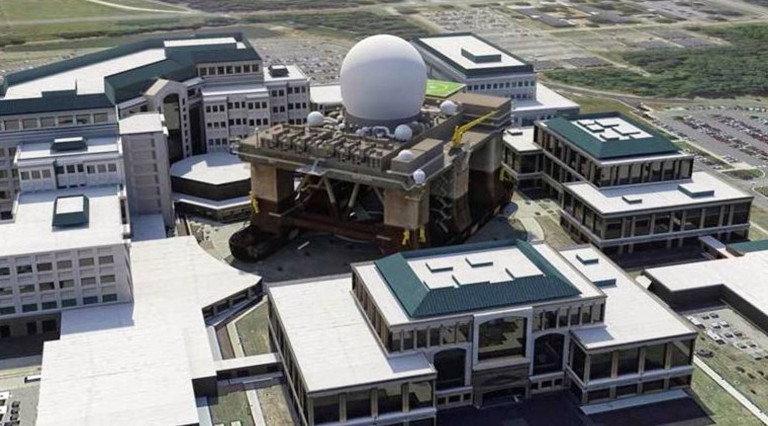
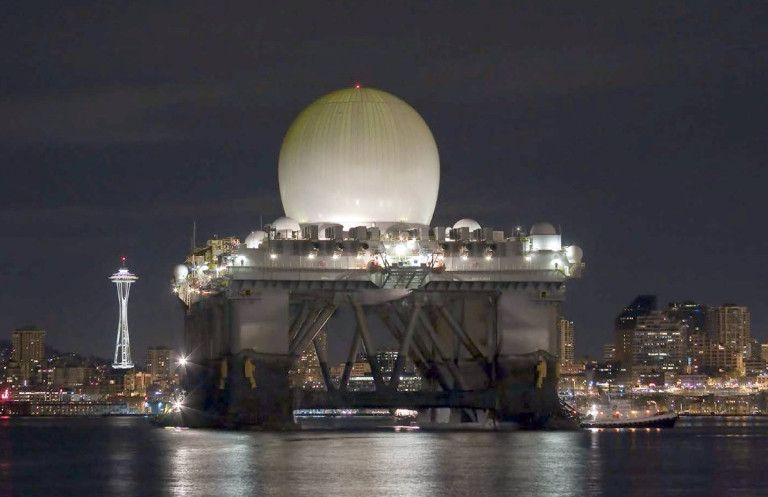
Let’s work together.
Looking to bring a big vision to life?
Learn more about how we can help ensure your project’s success.
Copyright © 2024 PIDC Construction LLC. All rights reserved.
